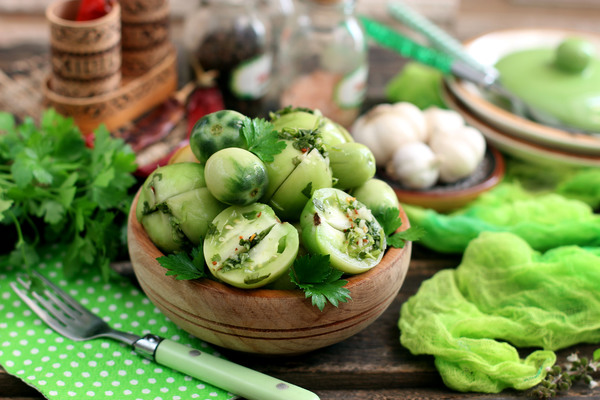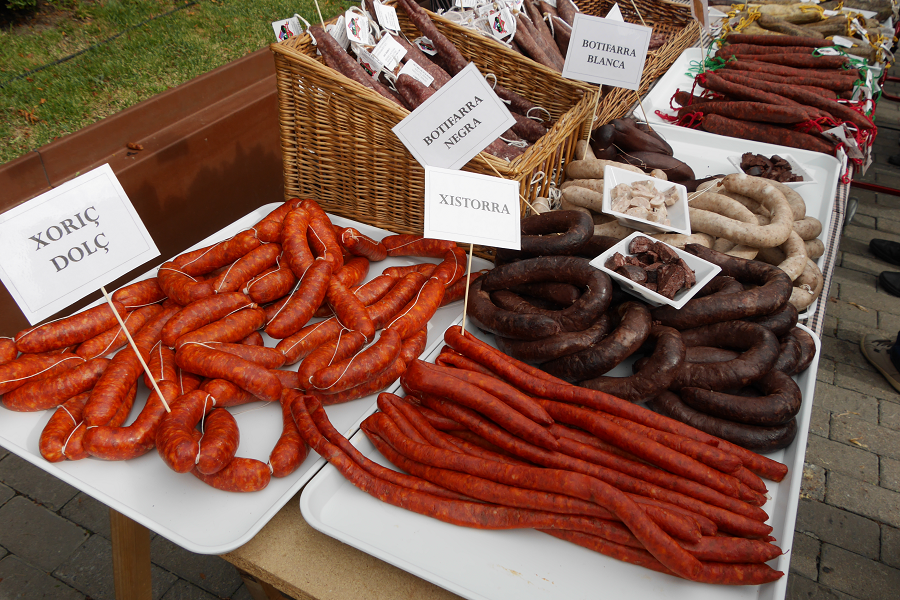Traps for food consumers. Attention, you are being manipulated!
Food production is a big business and, like any other business, it seeks to develop and increase the volume of its products. Growth in food production suggests that the consumer will spend more money on food, and therefore consume more food, that is, increase their portions. This is what my blog is about today.
Here are some of the newest ways in which the food industry convinces us to buy more.
Optimistic promises:
Let’s reflect on commercials related to food that we regularly see on television.
Adverts tend to show emotional life stories, where a man who has worked hard all day eats something hungrily; a photo montage of a party in which everyone is laughing and eating together; a husband and wife cooking an appetizing dinner together.
These commercials are permeated with happiness, pleasure, idyllic scenarios and, in every case, food. Advertising provokes positive emotions within us. The purpose of marketing this abundance of food is to link the process of eating in our subconscious mind, not with the concept of survival, but with the emotional aspect of our existence. In other words, they are trying to convince us that eating food is not a simple physical act necessary for the human body to function normally, but an opportunity, by consuming a large amount of different foods, to receive emotional pleasure and, thus, how to spend most of your free time. To celebrate the significant events in our life is, to welcome guests, and to eat, to spend time alone with your loved one. This is not speculation, but a well-known proven fact.
Large food companies have large budgets to explore what makes us buy a particular product. Furthermore, they base their advertising activities on the results of these studies. The giants of the food industry know that when you make purchases before a holiday, a scene from the commercial of the product they are planning to sell will stick in your memory and most likely you will buy this product in the supermarket.
Portion sizes.
Foods sold in grocery stores display information about their nutritional composition (calories, proteins, fats, carbohydrates, etc.). The label is placed directly on the food product, in a prominent place. The manufacturer knows that it is unpleasant for the buyer to buy a product that, for example, says that it contains 800 calories. What are they doing? Replacing the numbers so that they appear more acceptable to you. The calorie content of a product containing 200 calories is replaced by 20, only 12 grams. And now, note that you have the calorie content of 1 cookie on a package consisting of 40.
The problem of food in the restaurant is that in these places we always try to finish everything that’s on our plate, or that we’ve ordered.
For example, you ordered pasta for lunch, which is served with two accompanying dishes and a drink. You are not informed about the caloric content of each product included in your order, only the total average number of calories of the main course is given.
In fact, the calorie content of the pasta itself can reach up to 1,500 calories, this is without taking into account the two accompanying dishes, which, by a very rough estimate, can have a caloric content of 300 to 700 calories. Add another 300 calories for the fizzy drink. As a result, it turns out that the number of calories easily exceeds the daily rate of consumption for a person aged 25-40.
Labels with “powder”.
Adding several names of herbs and berries at the end of the list of ingredients of the product you are buying is another tactical move by food companies, the so-called “powdered” label.
When you study the list of components contained in a product, you often remember the last 3-5 points well, this is a property of our memory. And if the last components are the names of herbs or berries, then for our subconscious this product as a whole becomes more attractive. After all, we are sure that herbs and berries are good for our health. Therefore, our brains say this product can be bought and our choice is right.
However, in this case it should be remembered that the components in the list range from a higher percentage to a smaller one.
Conclusion: the content of those healthy substances for which you have chosen a product may not actually have any effect on your health.
False labelling.
Another common manipulation related to food labels was the result of scientific studies that confirmed the fact that trans fats are harmful to human health. Since the buyer is aware of this harm, the flagships of the food industry have begun to brag about their products that allegedly do not contain trans fats. The Food and Drug Administration (FDA) drafted a law regarding the amount of trans fat in foods. If the product contains 0.5 grams or less, of this fat, then you can stick the label “does not contain trans fat” on it. However, let’s remember the labelling on the packaging, for example, each biscuit contains 0.5 grams of trans fat, so a box of 36 pieces will contain 18 grams. Here is the actual amount of trans fat you eat if you eat a whole box of cookies.
It is unlikely that the FDA mark “does not contain trans fats” can be placed on such packaging.
What conclusions can we draw from the above material?
Buy and consume food carefully. The principle of the food industry is the same as everyone else. However, if we know the real, and not the fake truth about food, all this advertising will pass our ears and we will make the right choice for ourselves.
Eat right!











